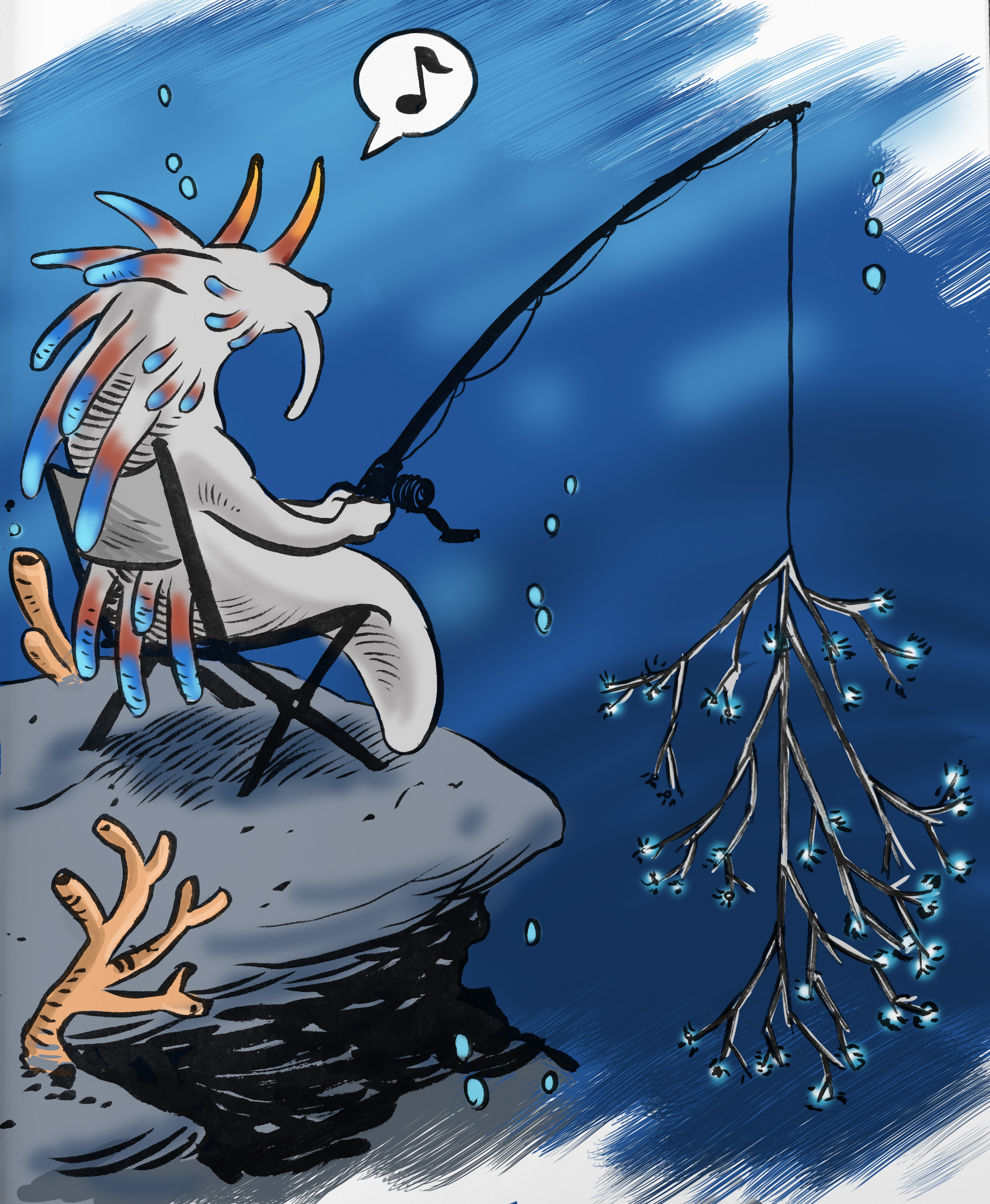These Technicolor Sea Slugs Use Other Creatures as Bait to Catch Their Dinner
Credit to Author: Kaleigh Rogers| Date: Wed, 01 Nov 2017 00:00:00 +0000
Trevor Willis couldn’t stop thinking about the sea slugs. Ever since the marine biologist learned that nudibranchs (a type of sea slug) feed on the same formations where they live, he wondered about their unique relationship.
“It seemed odd to me that an animal would chose a strategy whereby it eats its own habitat, and can destroy it,” Willis, a lecturer at the University of Portsmouth, told me over the phone. “It didn’t seem very intuitive from an evolutionary point of view.”
Luckily, he wasn’t the only one. Years later he teamed up with another equally-fascinated biologist, Fabio Badalamenti, to uncover the mystery of this odd behavior. They discovered a never-before-seen feeding strategy, detailed in a study published in Biology Letters, that surprised even them. The sea slug use the hydroids they live on as bait to catch plankton, and then eat both.
Here’s how it works: the nudibranchs live on communities of hydroids, a type of animal that forms colonies and doesn’t move—kind of like coral. Though they’ll sometimes snack on the hydroids alone, these sea slugs prefer to bide their time until the hydroids have caught plankton and then scarf them both down.
Willis likened it to using the hydroids as bait for the sea slugs to go fishing for plankton. I asked him why the slugs don’t just catch the plankton themselves, and he laughed. “It’s a slug, it couldn’t possibly catch anything,” Willis said. “I don’t mean to be flippant but it’s a bit like asking a garden snail to catch a bumblebee.”

The researchers were first clued into this by measuring the preliminary isotope ratios in nudibranchs, and noticing that they had almost the exact same concentration of a certain kind of nitrogen as the hydroids. Typically, as an element like nitrogen moves up the food chain, it becomes more concentrated, but in this case it was almost as if the sea slugs were eating the same food as the hydroids.
By looking at what the hydroids eat—teeny tiny plankton—they were able to set up an experiment to see if the sea slugs preferred hydroids that had just caught plankton, and the results showed a striking preference. When a hydroid captured plankton prey, the attack rate on the hydroids by the nudibranchs doubled. Willis said more than half of the sea slugs’ diet is actually plankton, and not hydroids at all.
Though stealing food from other animals isn’t a unique behavior—it’s called kleptoparasitism— eating both the prey and the prey’s prey is not something previously recorded. In fact, Willis and his colleagues had to invent a name for it, so they went with “kleptopredation.” He told me his hope was that the study might remind people of all the mysteries that are still unsolved in the sea, and that we’re running out of time to solve them as climate change wreaks havoc on natural biosystems.
“The sea is so full of things we don’t yet know about,” Willis said. “The trouble is that climate change is overtaking us.”
Get six of our favorite Motherboard stories every day by signing up for our newsletter .